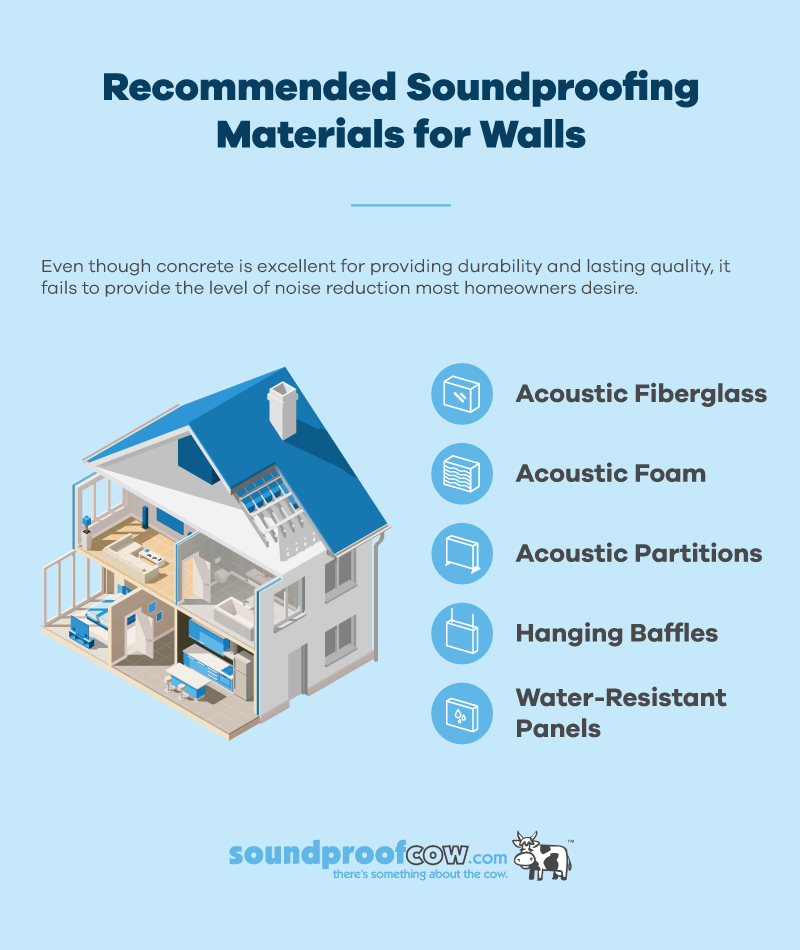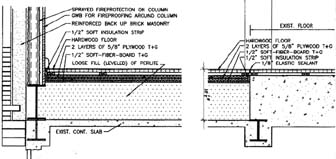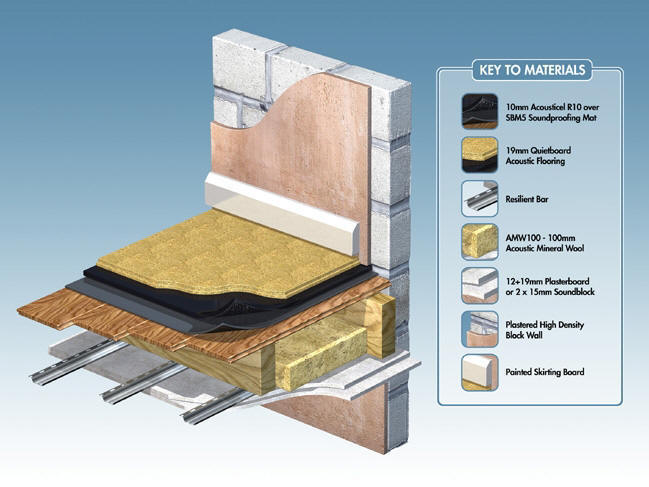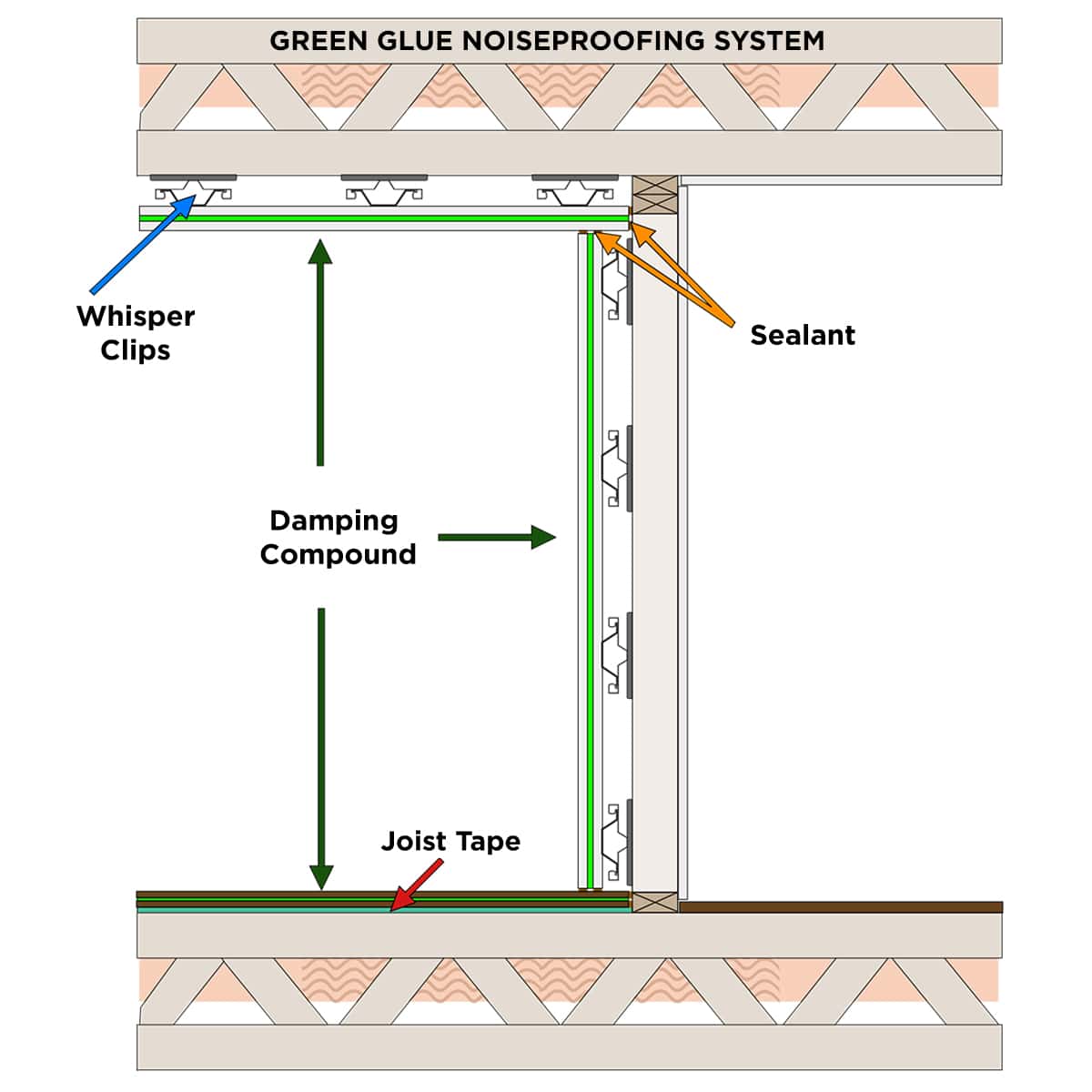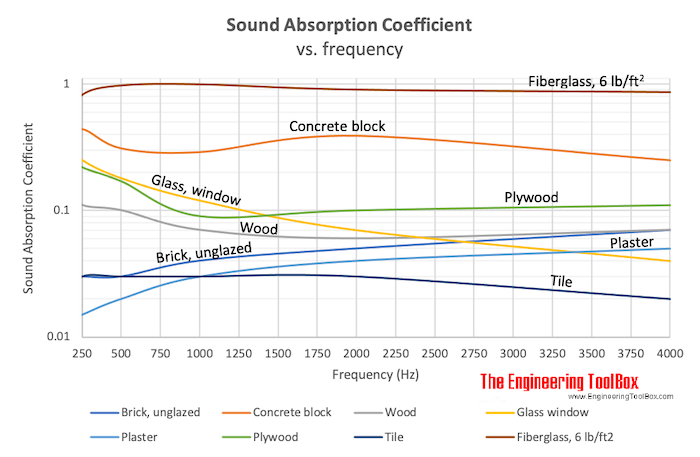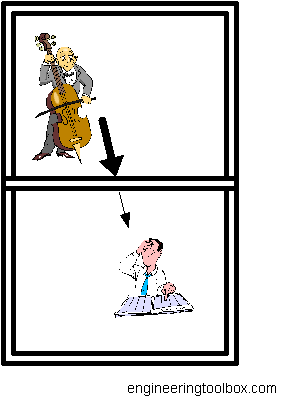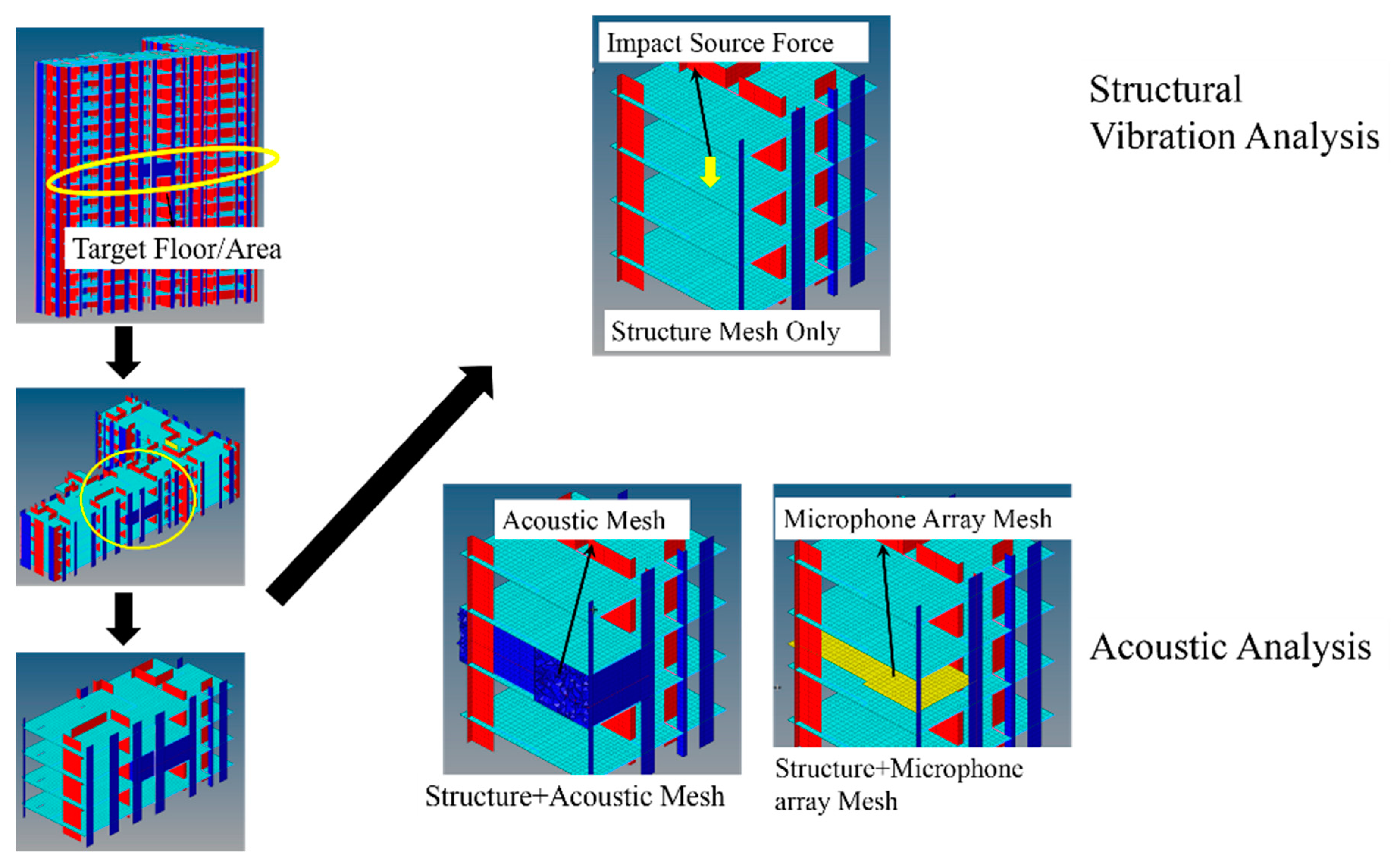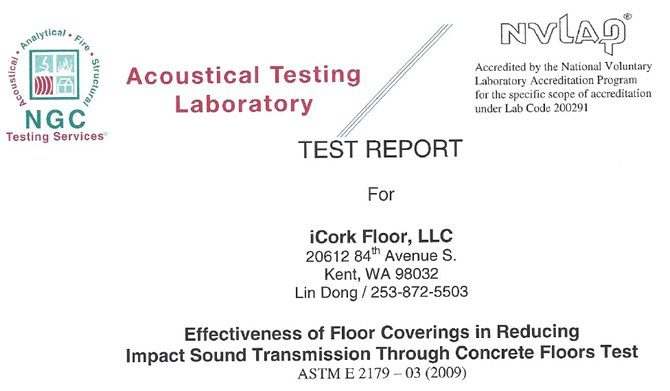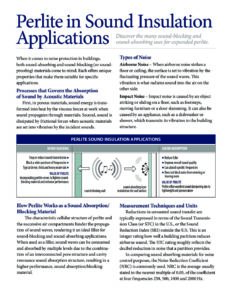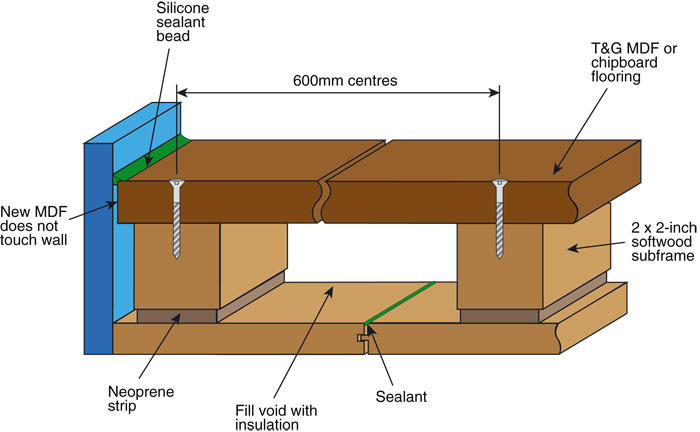Sound Insulation Properties Of Concrete Walls And Floors

The need for additional finishes is minimal thereby reducing capital and ongoing maintenance costs.
Sound insulation properties of concrete walls and floors. Acoustic performance good sound insulation by walls and floors is easily achieved using the inherent mass and damping qualities of concrete. Using a combination of isolation absorption and mass a plastered 100mm blockwork wall can be upgraded to meet the building regulations. Here we talk you through the process using rockwool products. First we have to make the distinction between insulating products and other soundproofing materials there are many materials you can attach to your wall to approximate the way insulating products work.
Simply put walking down a painted dense high psf weight concrete hallway floor ceiling walls in capped boots will be very noisy but the person in the next room may not hear you very well if there are no. Our quiet batt insulation provides a layer of friction between your walls that guarantees minimized sound transmission into and out of your room. Best of all this user friendly product makes installation and application a breeze. Any hard surfaced material whether it be polished concrete or tiled concrete will produce a low impact sound insulation.
Knowing that you should make an effort to learn about the best soundproof insulation you could use in walls and ceilings. When it comes to concrete and soundproofing you should always focus on coating the walls with a layer of noise reduction materials first. Non floating floors if a floating floor is not an option then the best method of insulating the floor against impact sound is to provide soft resilient floor coverings. Insulating products are a key component of any soundproofing project.

